Sustainable coffee cultivation: Why mixed cropping and agroforestry are the future
Global coffee cultivation faces major challenges: Climate change, soil erosion, and biodiversity loss threaten the future of coffee. But there is a solution – sustainable farming methods such as mixed cropping and agroforestry . At ALTOMAYO, we rely on these pioneering methods to cultivate our high-quality organic Arabica beans – in harmony with nature and for the benefit of coffee farming families in Peru.
What is agroforestry?
Agroforestry is a sustainable farming method in which coffee is not grown as a monoculture but rather thrives in a natural ecosystem with trees, shrubs, and other plants . This resembles the conditions under which coffee originally grew in tropical rainforests.
Mixed cultures vs. monocultures – The biggest differences
| criterion | Mixed cropping & agroforestry | Monocultures |
|---|---|---|
| biodiversity | High biodiversity, habitat for animals & insects | Little biodiversity, loss of natural habitats |
| Soil quality | Natural protection against erosion & better nutrient supply | Soil leaching & increased risk of erosion |
| Water management | Better water storage & drought protection | High water consumption, lower water retention |
| Pest resistance | Natural balance reduces pesticide requirements | Higher risk of diseases & pests |
| Coffee quality | Slower maturation, more intense aroma & more complex flavors | Fast ripening, often inferior quality |
Why mixed cropping and agroforestry are more sustainable
🌱 1. Protection of the environment & soil
By growing coffee in combination with shade trees and other plants, the soil remains nutrient-rich and resistant to erosion . Root systems keep the soil stable and prevent valuable minerals from being leached out.
🦜 2. Preservation of biodiversity
Mixed cropping provides habitats for birds, insects, and other wildlife . Especially in the Peruvian highlands, numerous endangered species benefit from these near-natural farming methods.
💧 3. Better water management
Coffee cultivation in agroforestry systems ensures better water retention in the soil. The shade-providing trees prevent rapid evaporation and ensure a stable microclimate.
☕ 4. Higher coffee quality & better aroma
Because coffee plants grow more slowly under shade trees, the beans develop a deeper, fuller aroma with subtle flavor nuances —a difference you can taste in every cup.
👩🌾 5. Better living conditions for coffee farmers
Fair farming practices and sustainable agriculture enable stable incomes for coffee farming families. Avoiding expensive chemical fertilizers and pesticides reduces costs while protecting farmers' health.
Conclusion: Sustainable cultivation is the future of coffee
Industrial monocultures are endangering the future of our coffee. Sustainable mixed cropping and agroforestry are the best solution to protect the environment, people, and coffee enjoyment alike .
☕ Discover ALTOMAYO's unique organic specialty coffees – sustainably grown for pure enjoyment!

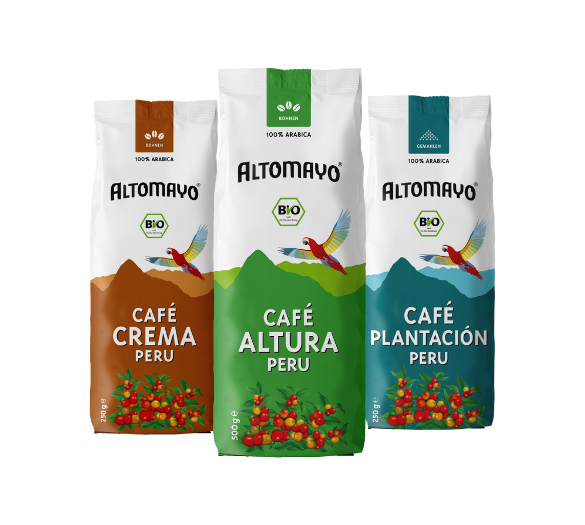
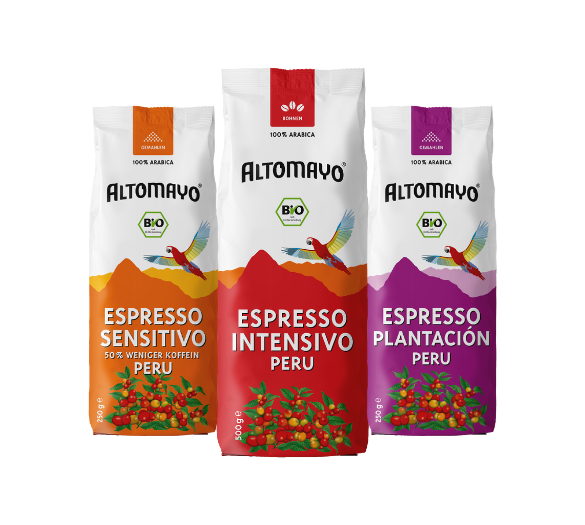


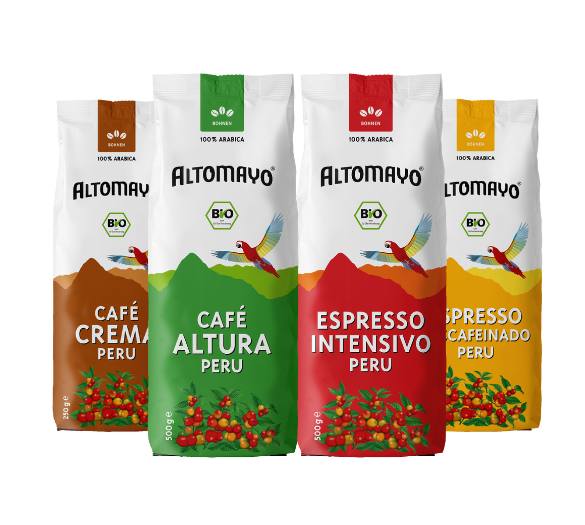

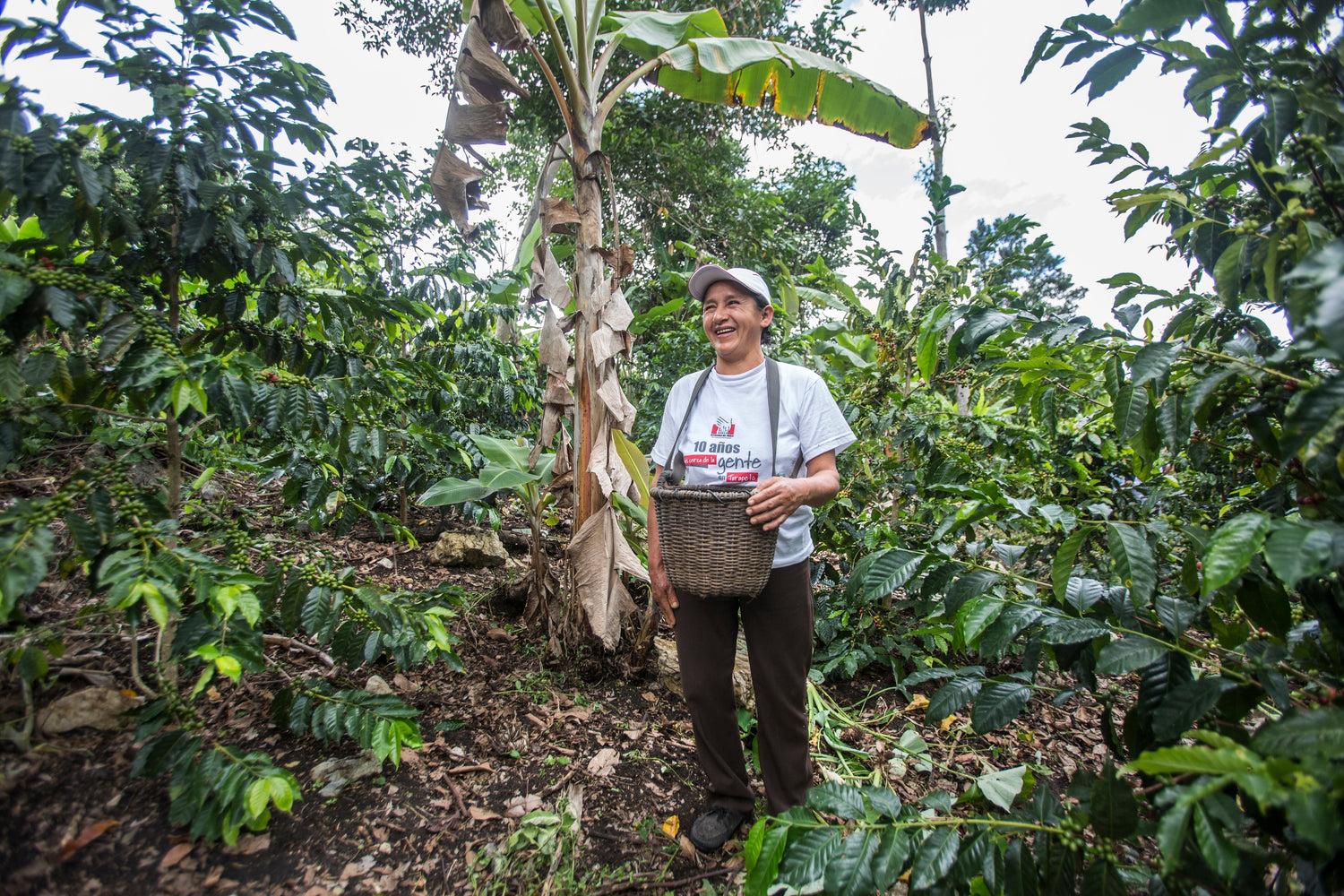
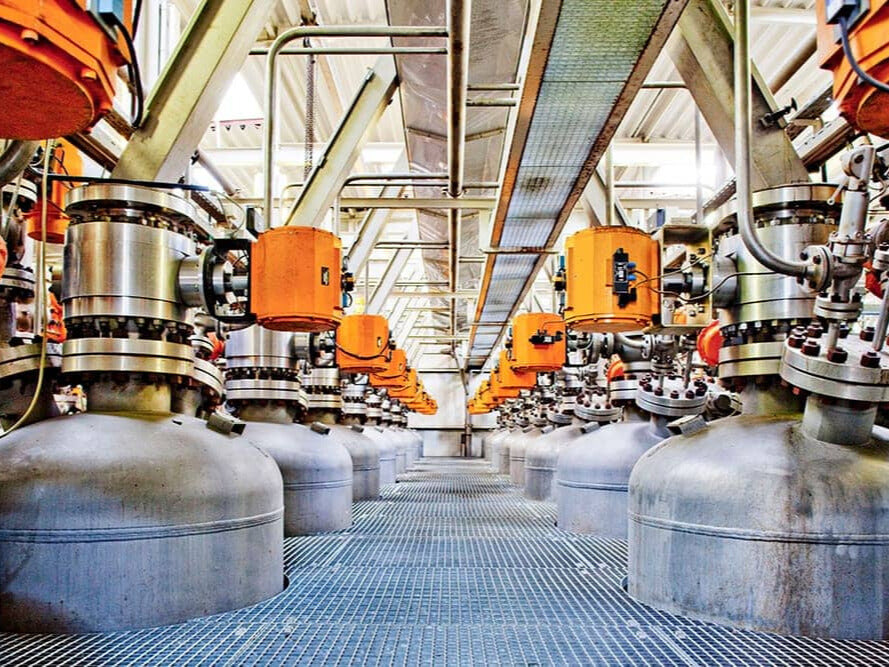

Leave a comment
All comments are moderated before being published.
This site is protected by hCaptcha and the hCaptcha Privacy Policy and Terms of Service apply.